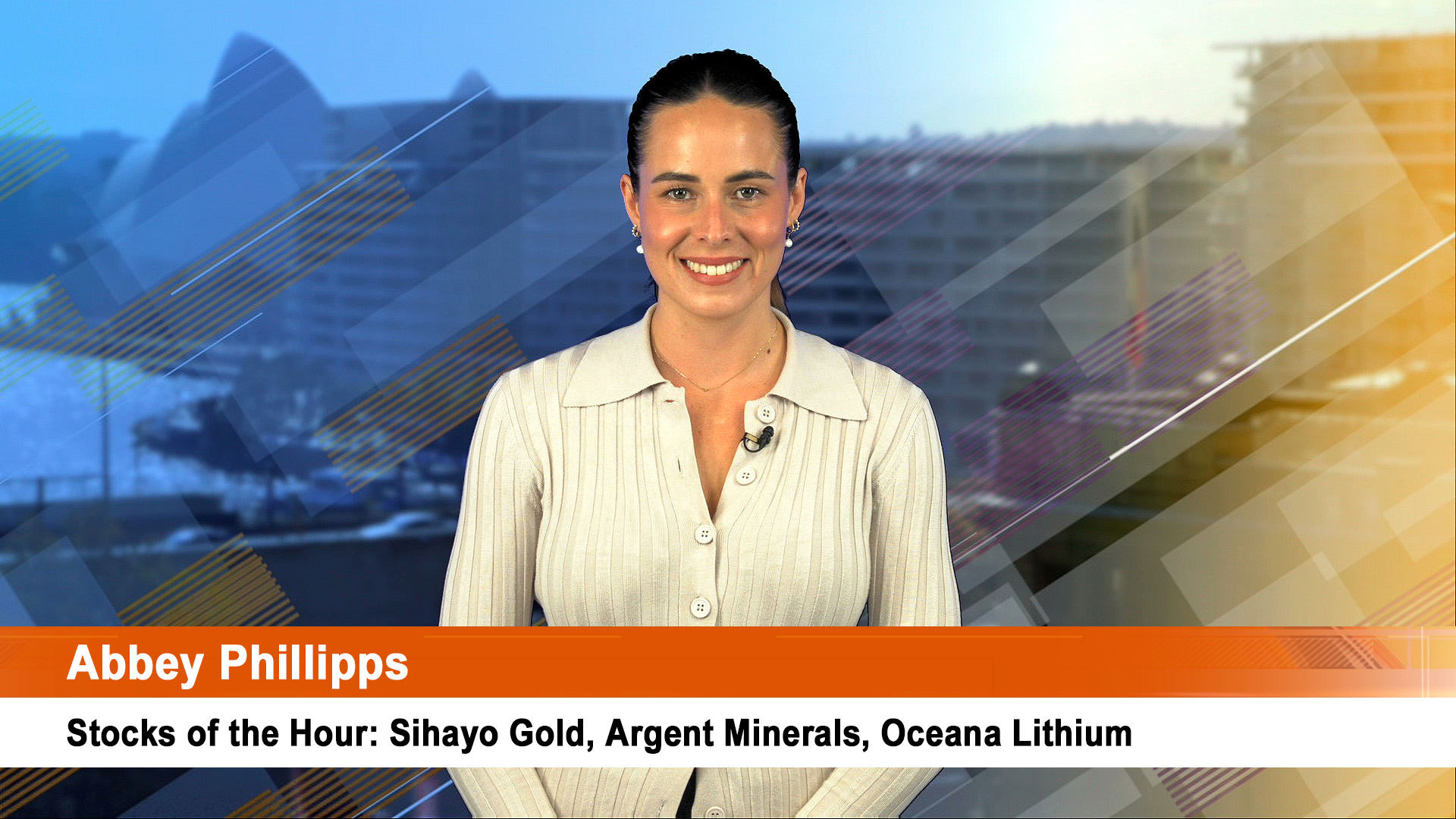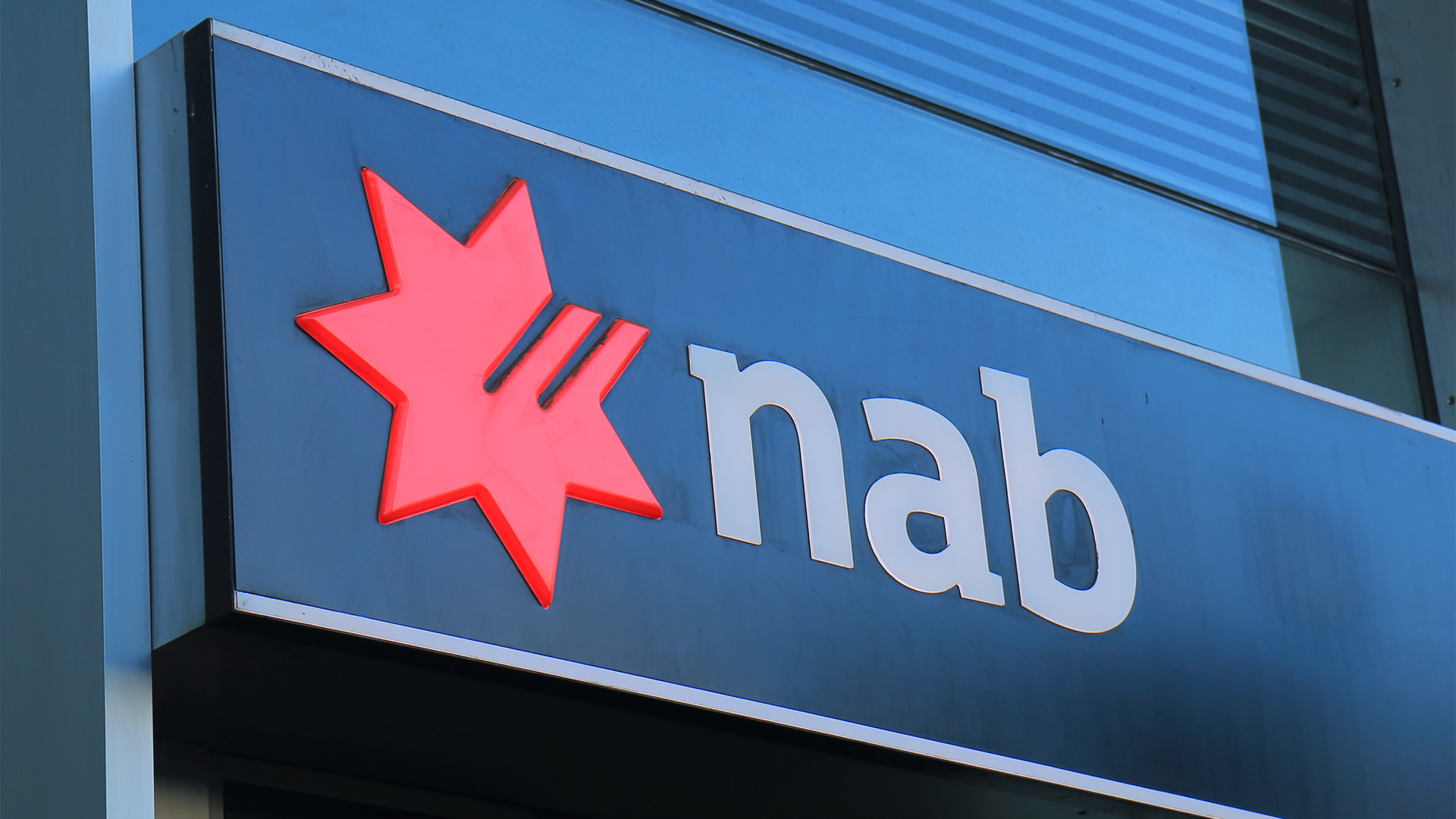Watch gold, silver and oil prices take a further run higher in Asian trading today after the weekend raids on Syria by planes and missiles from the US, UK and France.
After surging more than 8% last week on fears of the raids happening, the news, which came Saturday afternoon, and threats from Russia in the aftermath, will keep prices rising today after they hit their highest level since November/December 2014 on Thursday and Friday.
Gold prices will bounce higher in electronic trading from the get go today in Asia and a jump towards $US1,400 an ounce can’t be ruled out. Gold futures edged up 0.8% last week and should make bigger gains, at least in the next day or so.
Geopolitical tension in the Middle East propped up oil prices and pushed them to their biggest weekly advance in over eight months and highest level since late 2014.
In Europe, Brent crude, the international oil benchmark, settled up 0.8% at $US72.58 a barrel, the highest closing level since late November 2014. For the week, Brent was up 8.2%, its biggest weekly rise since the week ended July 28 last year.
In the US, May West Texas Intermediate crude added 32 cents, or 0.5%, to settle at $US67.39 a barrel. For the week, the US oil benchmark jumped by more than 8.5%, which was also the strongest weekly percentage performance since late last July.
Also prompting a midweek jump in the oil price was news Saudi Arabia’s air defence systems had intercepted two missiles fired by Yemen’s Houthi rebels at the kingdom’s capital city.
The rising oil price has boosted energy stocks, which have been a bright spot in a choppy week of trading, but has hurt stocks such as airlines, which are sensitive to changes in the price of the commodity.
A report from the International Energy Agency on Friday also indicated that OPEC soon will have succeeded in reaching its target for reducing the global supply glut.
“It is not for us to declare on behalf of the Vienna agreement countries that it is ‘mission accomplished,’ but if our outlook is accurate, it certainly looks very much like it,” the IEA said in its report.
The Vienna agreement refers to the group of OPEC and non-OPEC countries that in 2016 agreed to cut output by around 1.8 million barrels a day in an effort to reduce a global supply glut that had dragged oil prices substantially lower.
The IEA report supported the OPEC monthly figures last week, which showed the group’s output dropped by 201,000 in March and that the supply surplus is falling.
The IEA also noted that the continuing U.S.-China trade tensions could hit oil demand.
And Baker Hughes on Friday reported that the number of domestic oil rigs rose 7 to 815 last week. The oil-rig count had increased by 11 last week. The total active US rig count, which includes oil and natural-gas rigs, rose by 5 to 1,008, another three year plus high.
Comex gold futures finished higher Friday, giving up early declines, as U.S. tensions with Russia and China fed the precious metal’s investment appeal, sending prices up for a second straight week.
Comex June gold rose $US6, or 0.5%, to settle at $US1,347.90 an ounce. Gold logged a 0.8% gain for the week, according to FactSet data. Prices had climbed nearly 1.1% on Wednesday to the highest finish since late January, only to fall 1.3% on Thursday.
In other metals trading, Comex May silver added 1.1% to $16.658 an ounce. It saw a 1.8% weekly gain.
May copper rose 0.2% to $US3.071 a pound, settling up 0.4% on the week.
Seaborne iron ore prices rebounded on Friday to around the $US65-per-tonne level amid gains in China steel and futures markets.
The Metal Bulletin 62% Fe Iron Ore Index ended at $US64.96 per tonne cfr in northern China, up 49 cents on the day and 2.1% over the week.
China’s March and March quarter trade data revealed that iron ore imports were 271 million tonnes in the three months from January to March, down 0.7% from a year earlier.
Chinese customs data showed imports for March at 86.3 million tonnes,
That was up from 84.3 million tonnes in February, but down from 95.6 million tonnes a year ago, and also lower than the January and February average of around 92 million tonnes.
Some shipment issues in leading iron ore supplier Brazil may have affected material unloaded in China in March.
Australian iron ore exports to China rose around 3.5% to 99.813 million tonnes in the quarter, with March’s figure up to 34.56 million tonnes.













